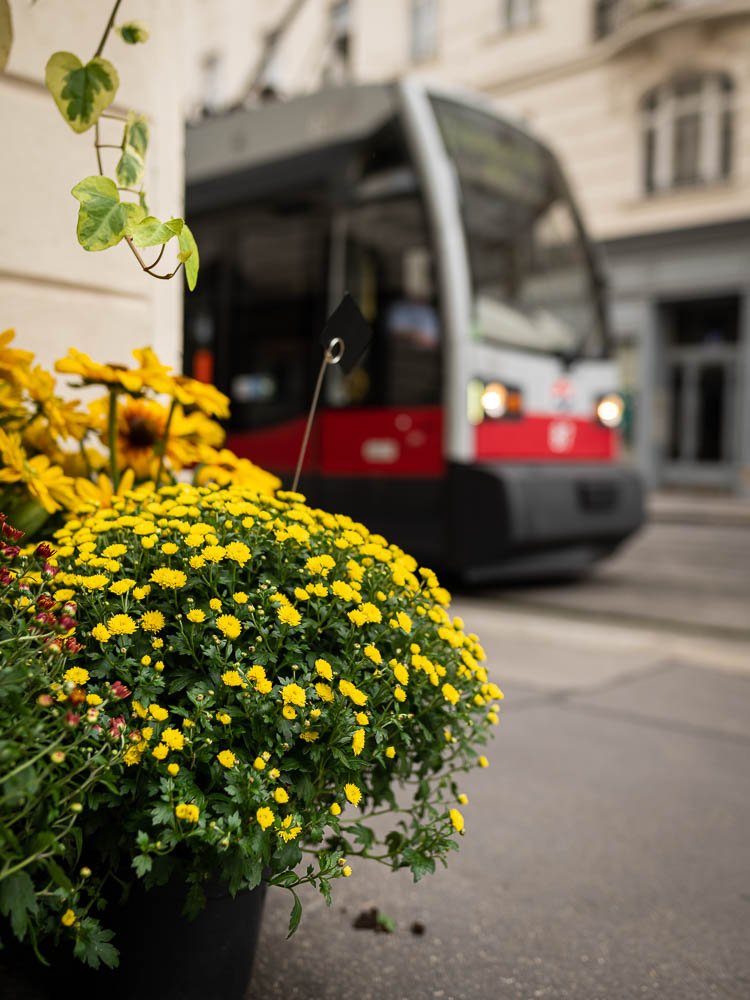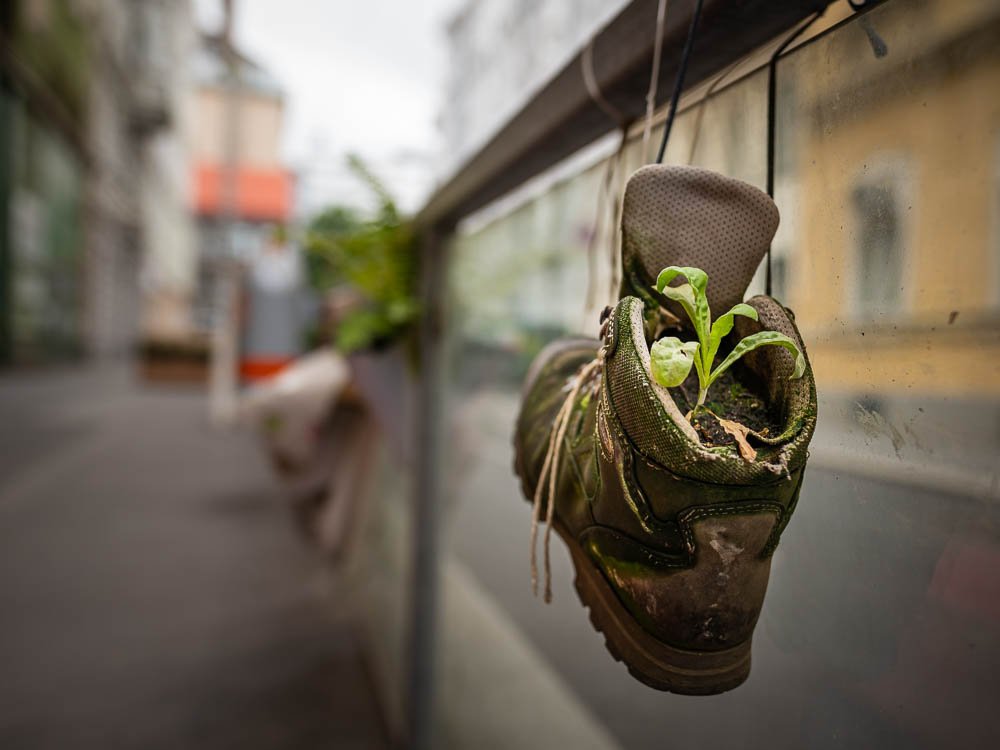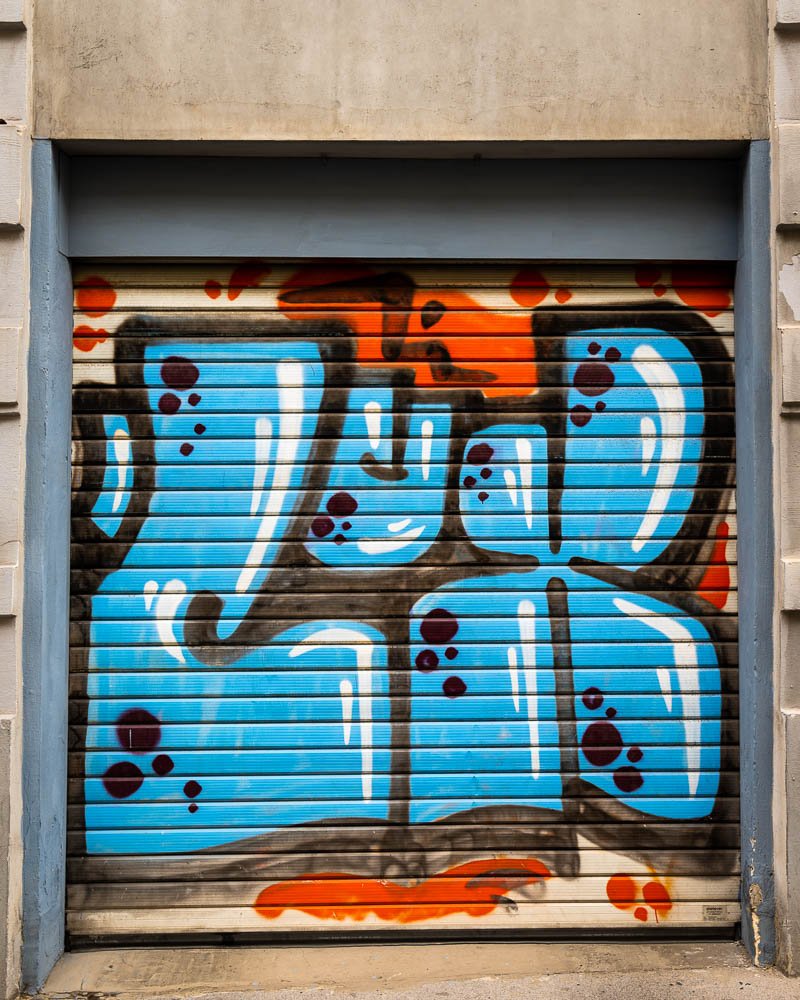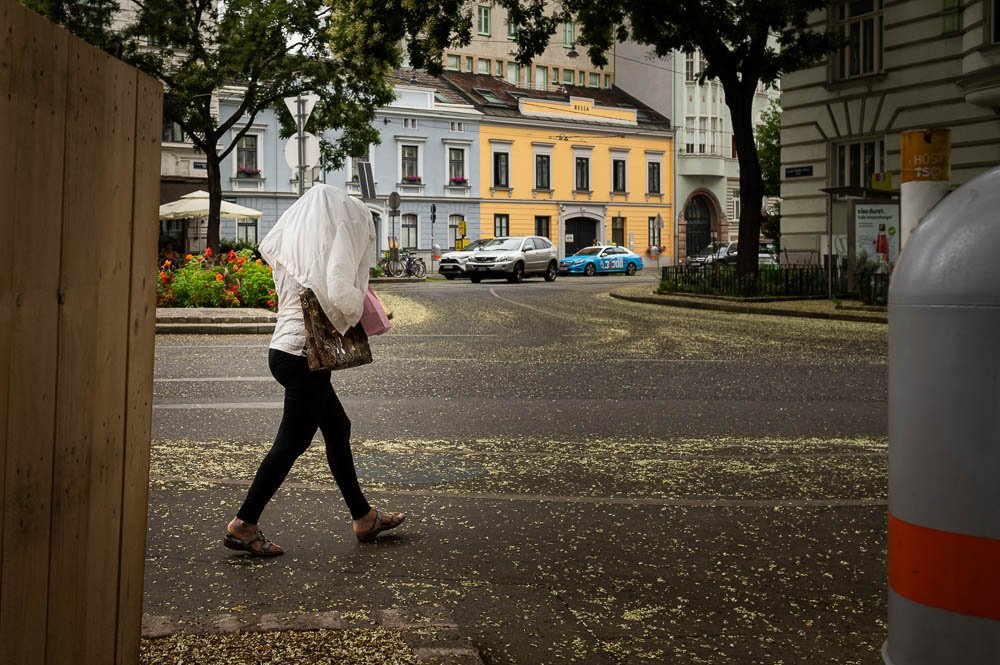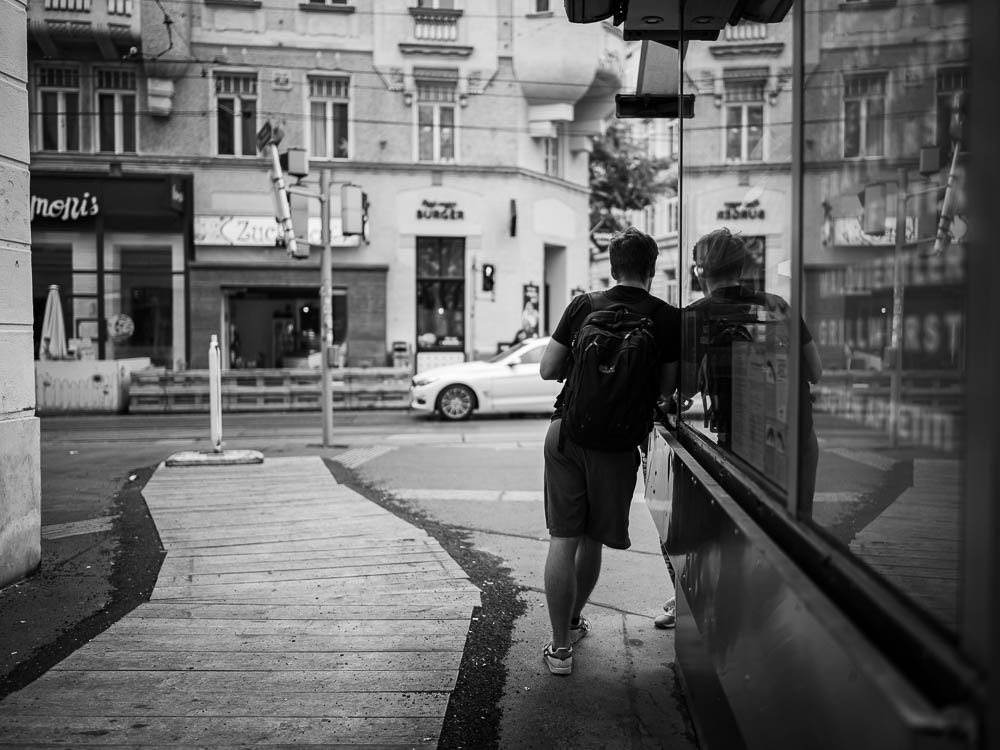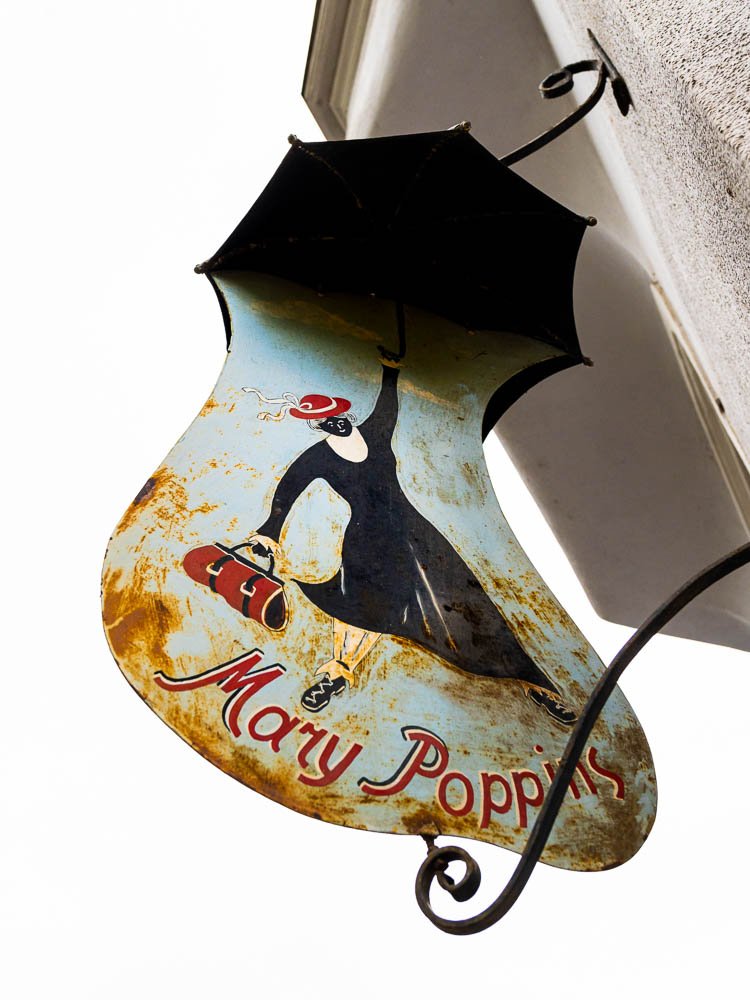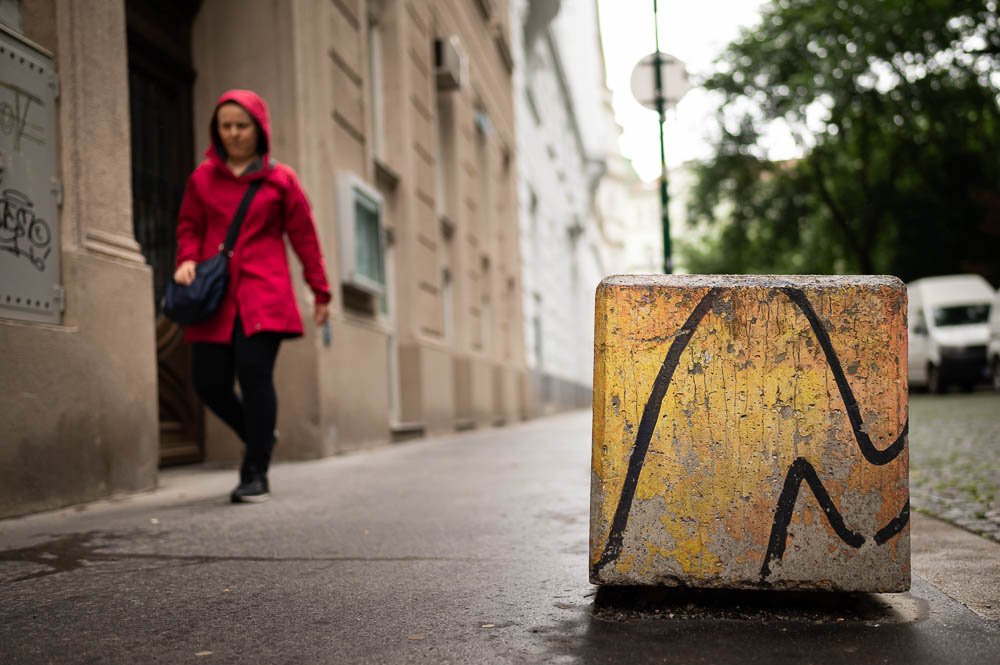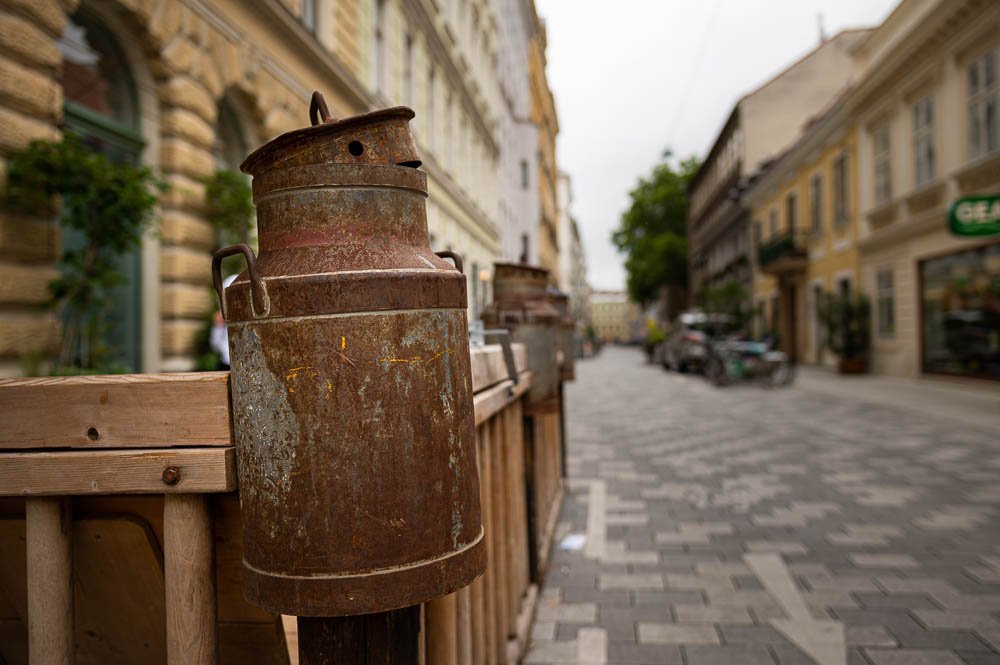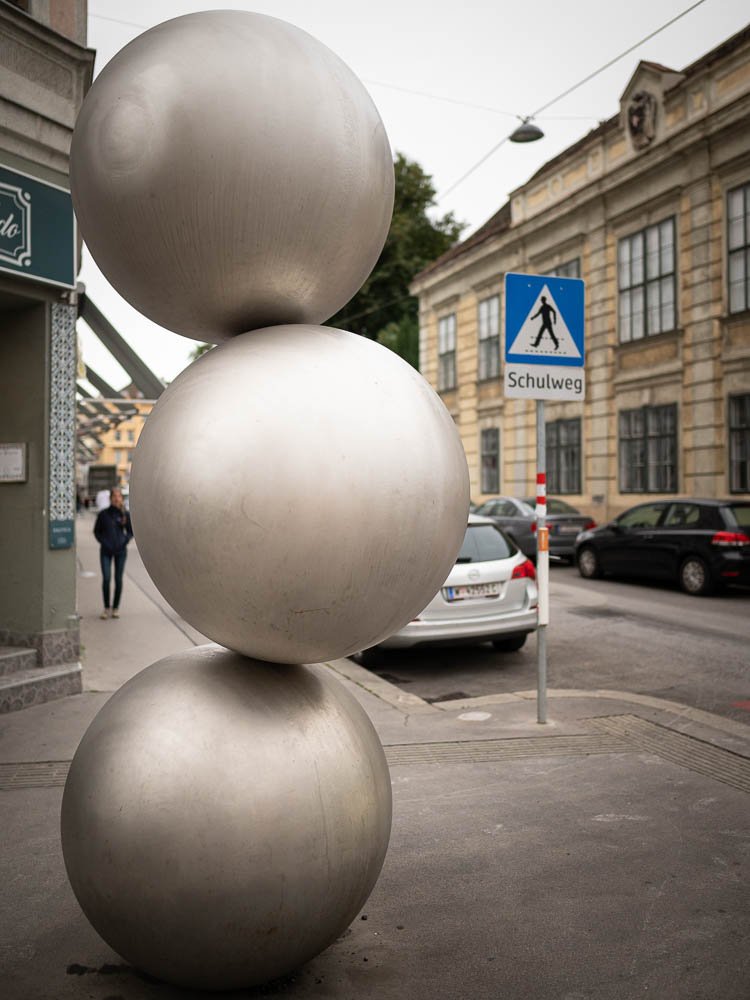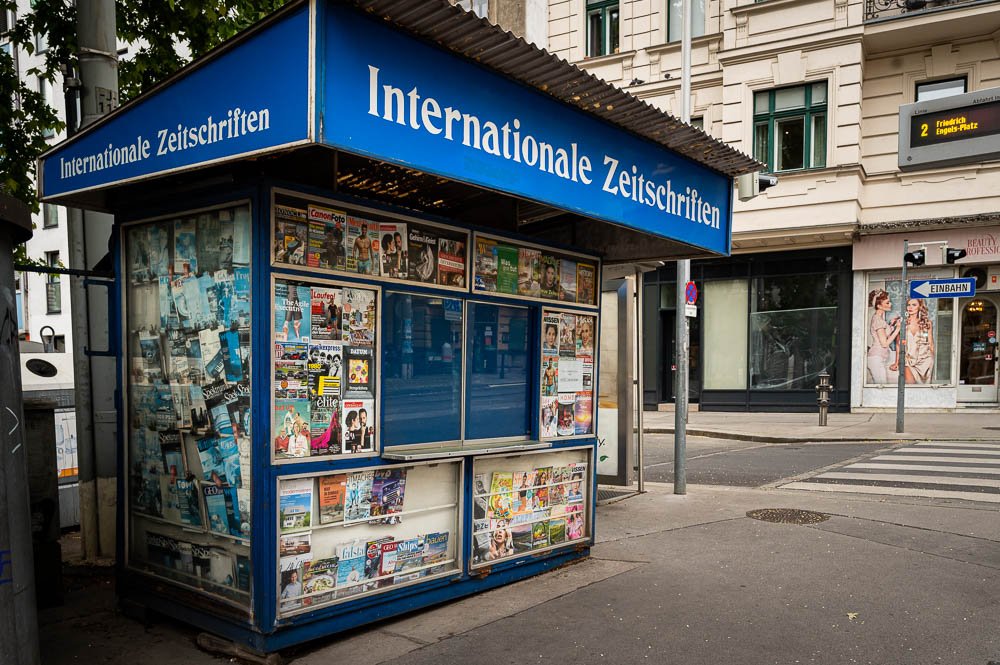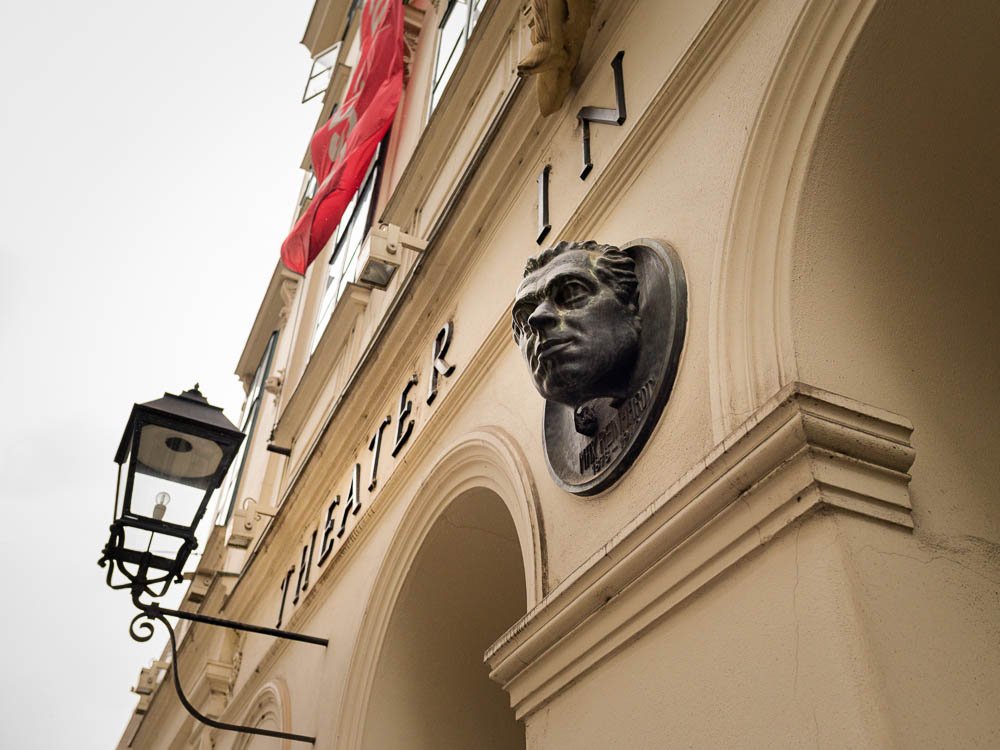A rainy Day in the 8th District (Josefstadt)
The third day of my challenge also led me – as chance decided – with the 28mm 1.4 lens into an inner district – the Josefstadt, the 8th. Vienna district. The weather was cloudy with chances of rain. Easily accessible by bike, I started my tour at the Palais Auersperg on the Zweierlinie.
Josefstadt was formed from the former suburbs of Altlerchenfeld, Breitenfeld, Josefstadt and Strozzigrundin 1850. It is the smallest district in Vienna in terms of area. It lies between the Vienna Belt and the Zweierlinie. It is situated on a plateau between two canalized and covered Wienerwald rivers: the Alserbach (now flowing under the Lazarettgasse) and the Ottakringer Bach (today also flowing underground between Lerchenfelder Straße and Neustiftgasse). The Josefstadt is mainly a residential district. Many officials and most of the city’s mayors lived here. In addition, the district is also considered a district of intellectuals and artists. Most of the district is used as a living space or for cultural, public and religious institutions. Industrial areas only account for a negligible proportion of the area.
The Palais Auersperg was built at the beginning of the 18th century and was the venue for many musical performances. Today, the palace is mainly used for balls and other major events.
The Theater in der Josefstadt was founded in 1788 and is the oldest existing theatre in Vienna. The names of many well-known artists are associated with the theatre: Johann Nestroy and Ferdinand Raimund as poets and actors, but also Ludwig van Beethoven, Richard Wagner and Johann Strauss’ father conducted here.
The largest ordinary court in Austria – the Regional Court for Criminal Matters Vienna is located on the Zweierlinie. It is one of the most famous buildings of the Josefstadt and is also popularly referred to as “Graues Haus”. Especially in the interwar period and during the Second World War many important trials and executions took place here.
In the small side streets you will often find old houses with interesting facades and entrances.
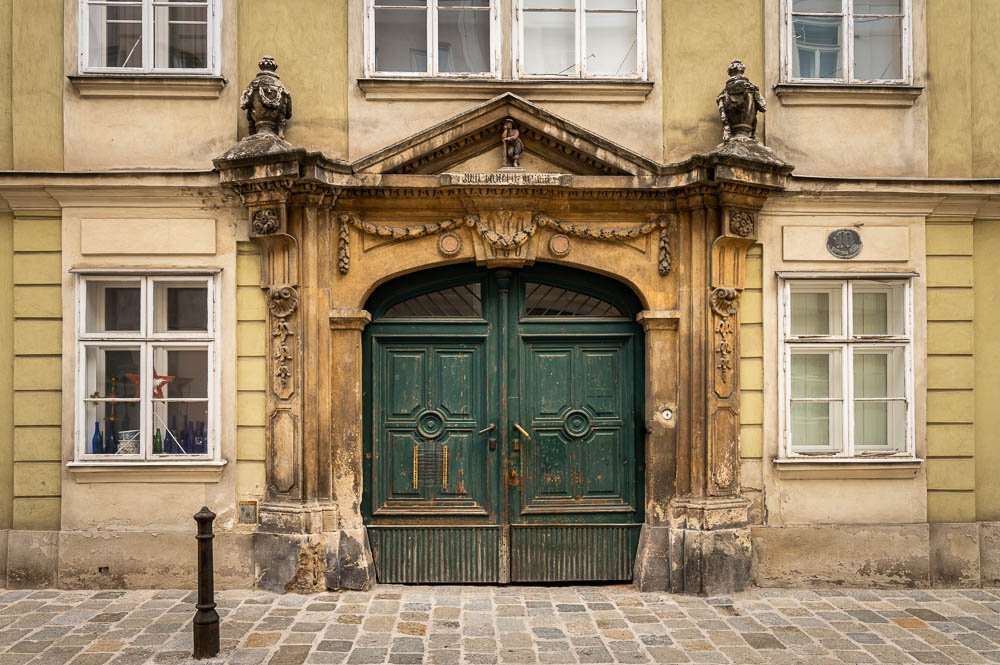
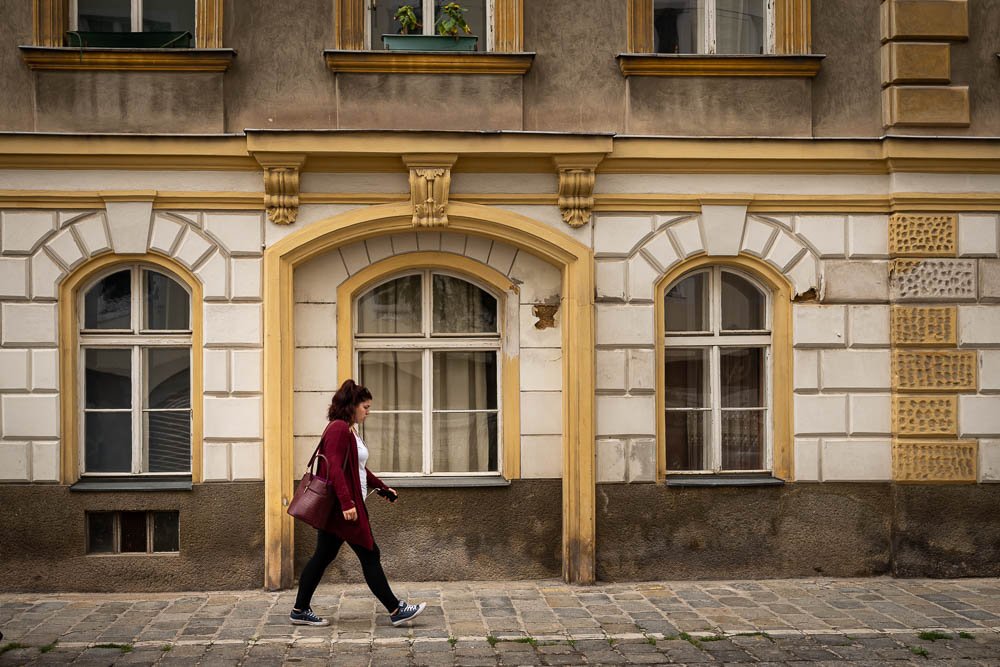
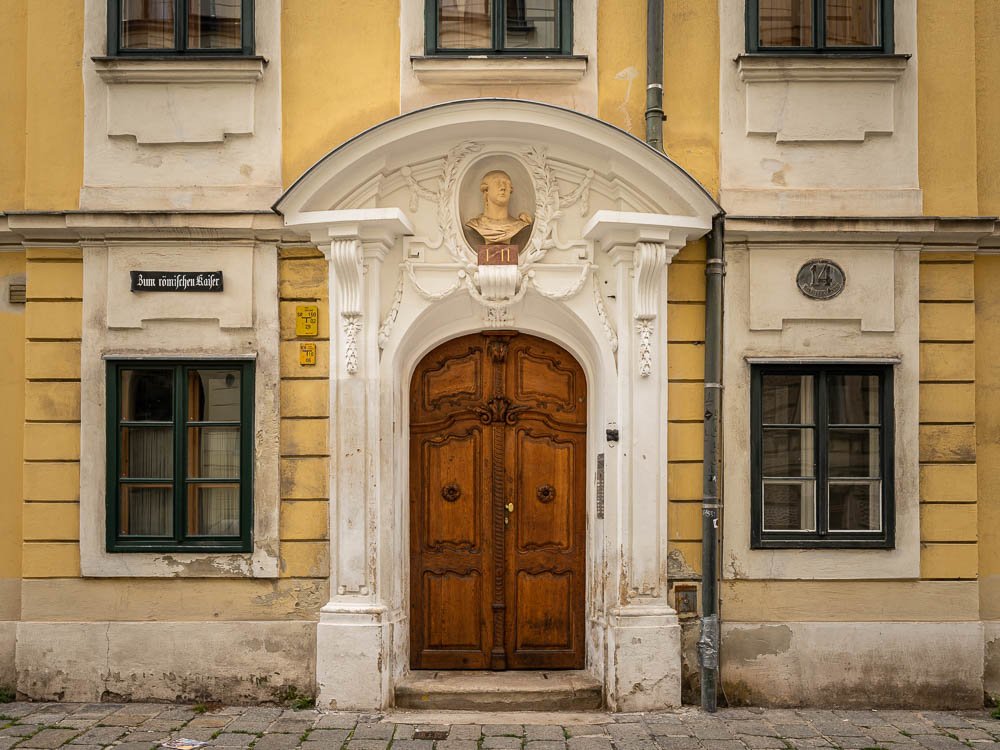
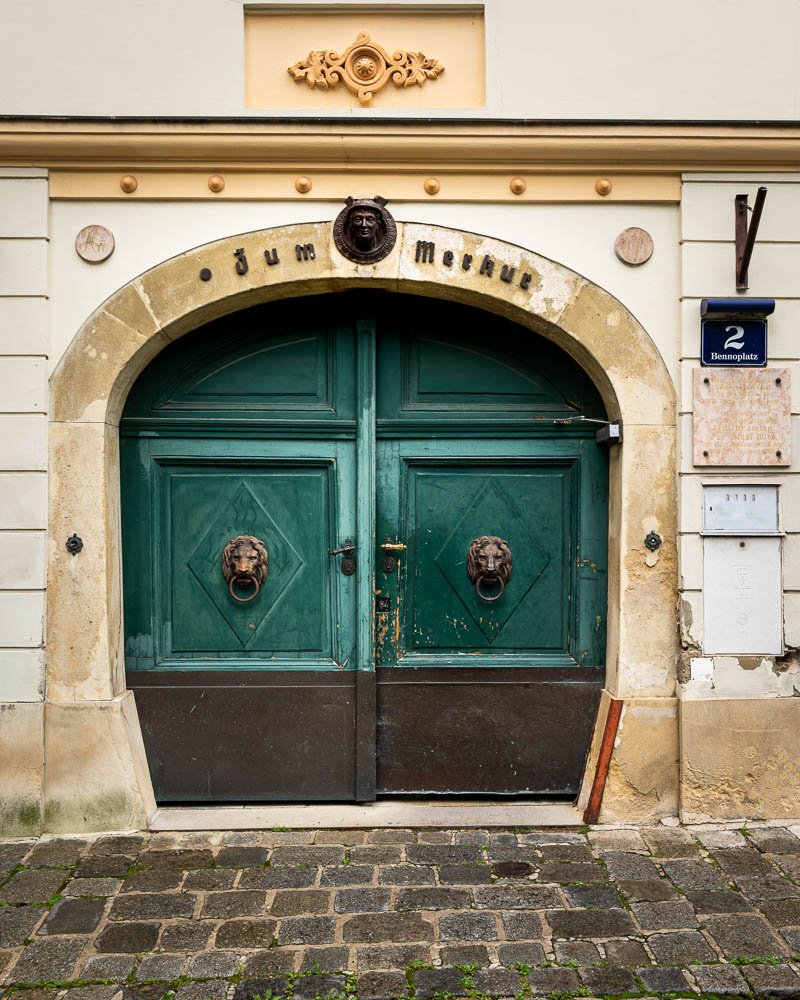
Josefstadt is also known for its rich gastronomy
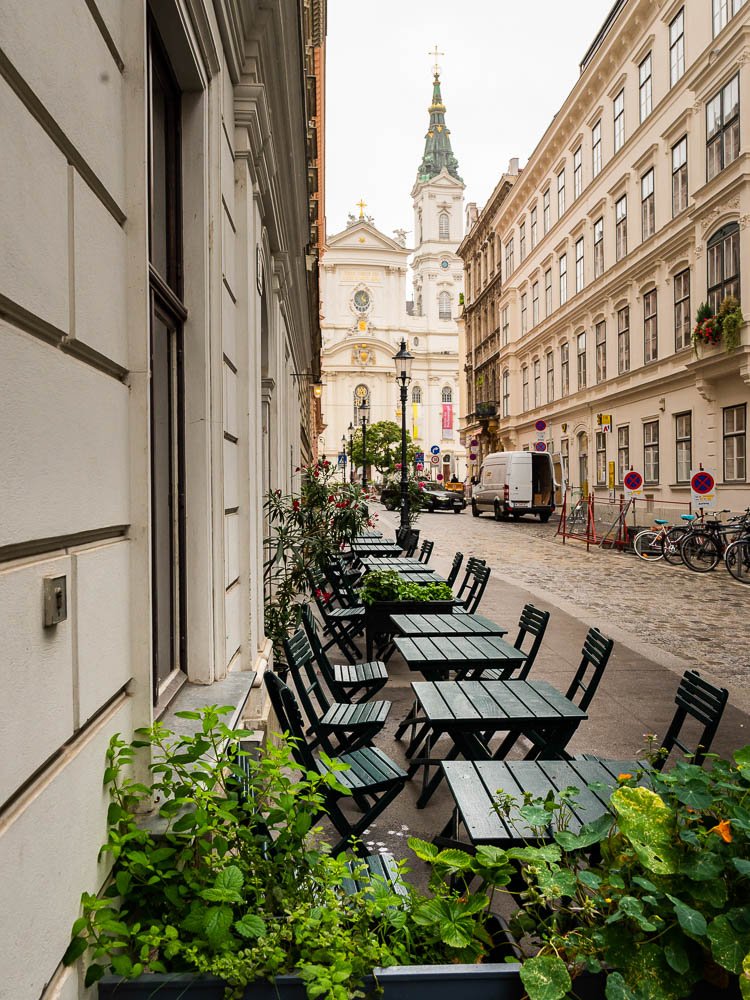
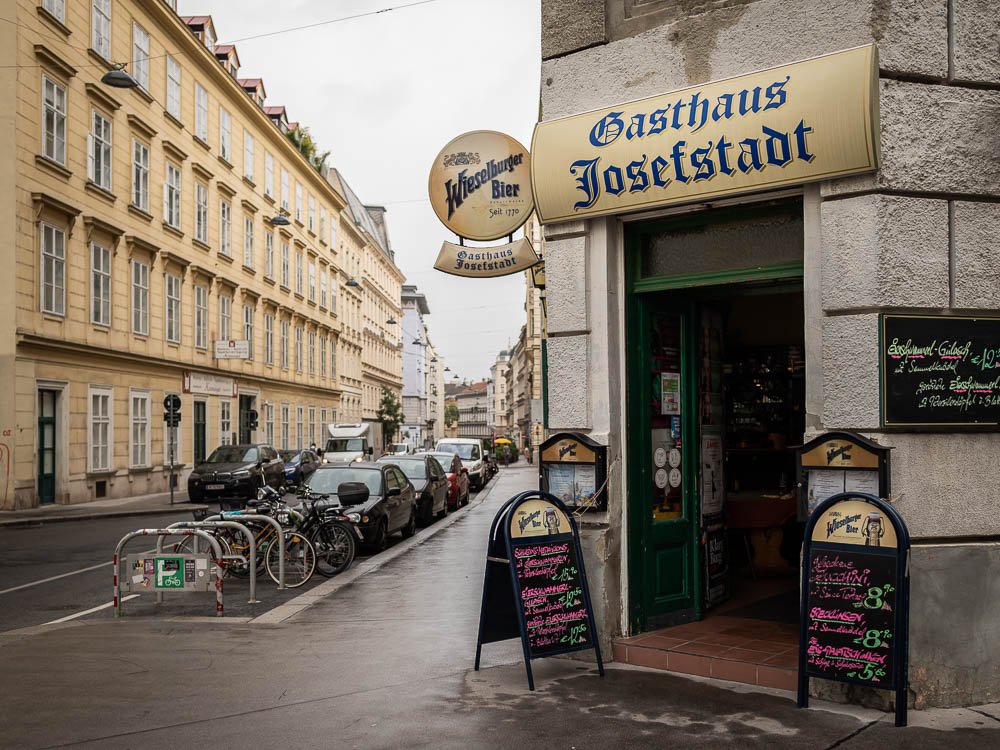

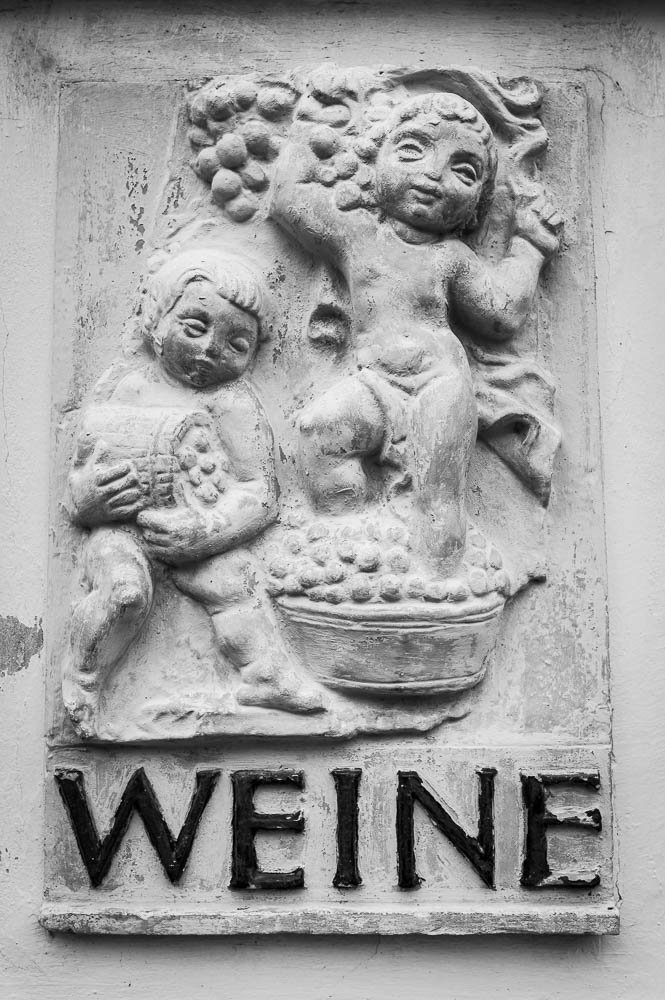
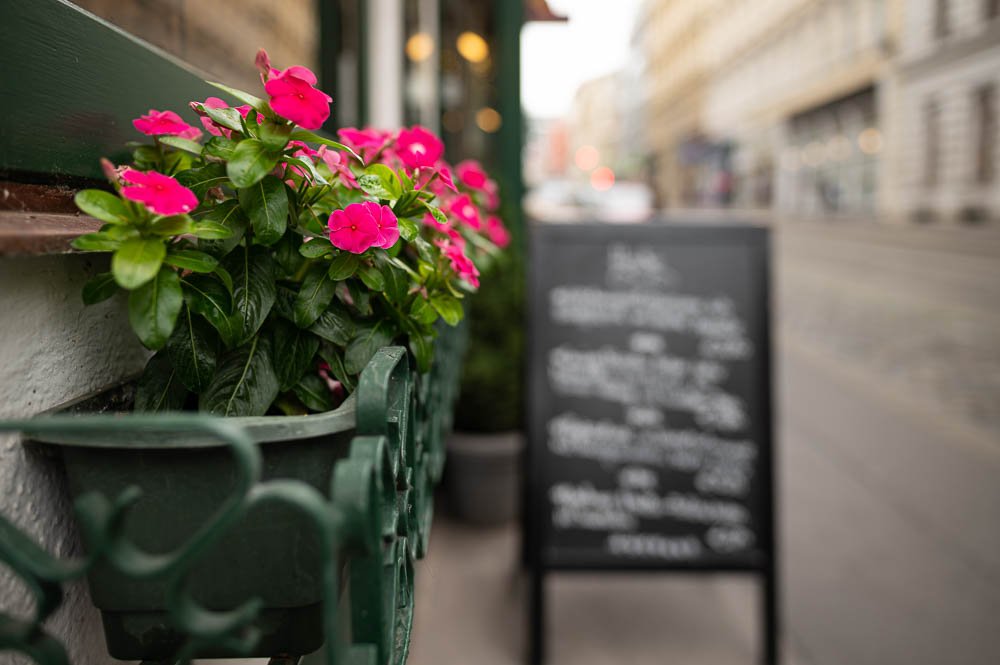
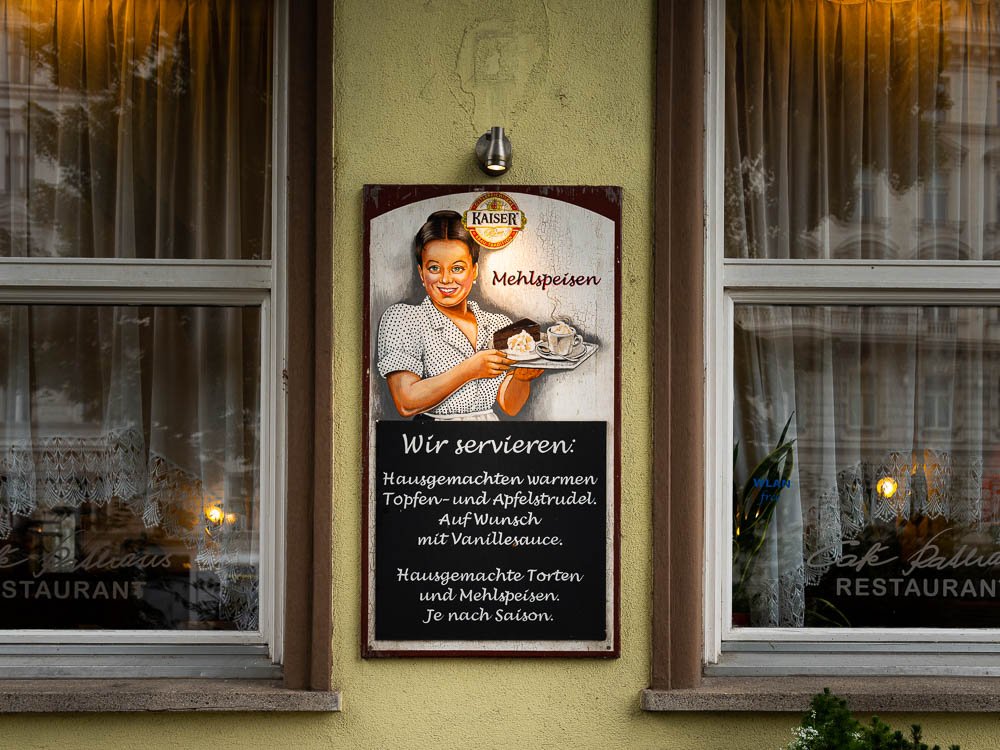

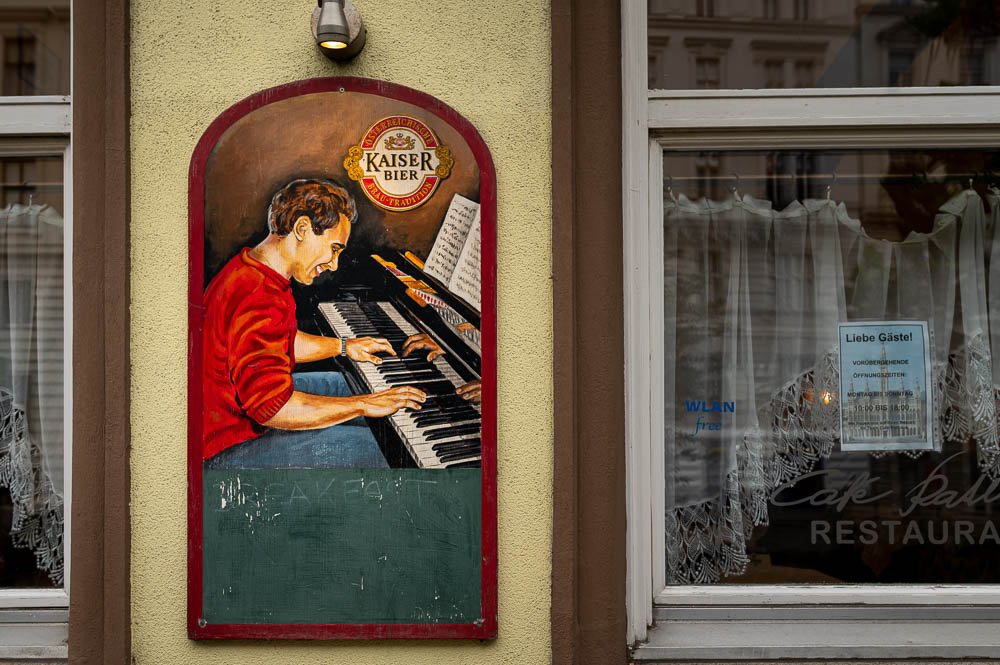
The school community Pfeilgasse has a colorfully decorated wall in the entrance area.
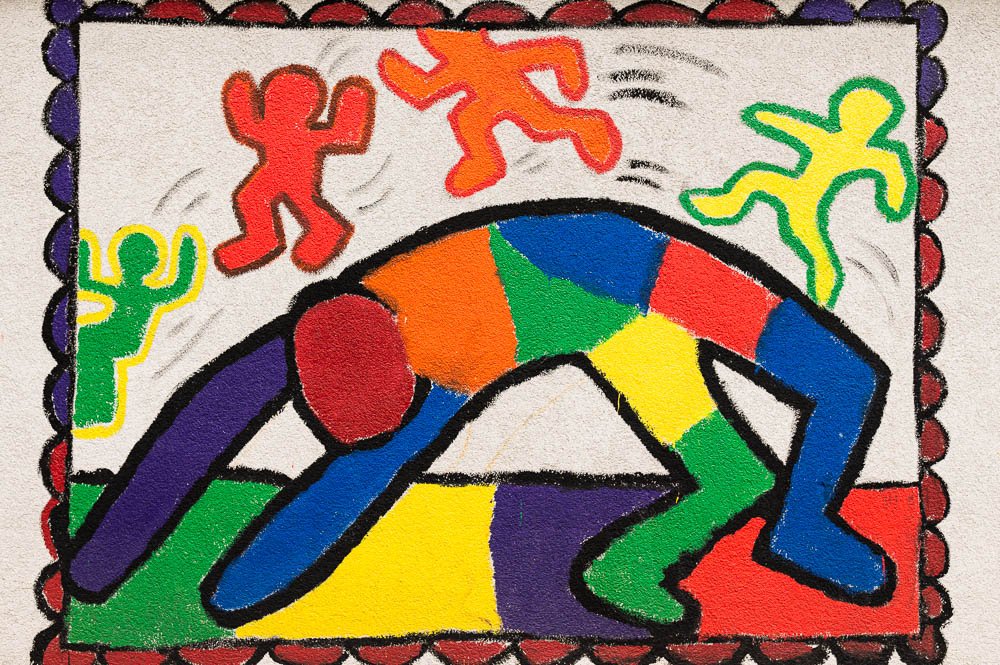

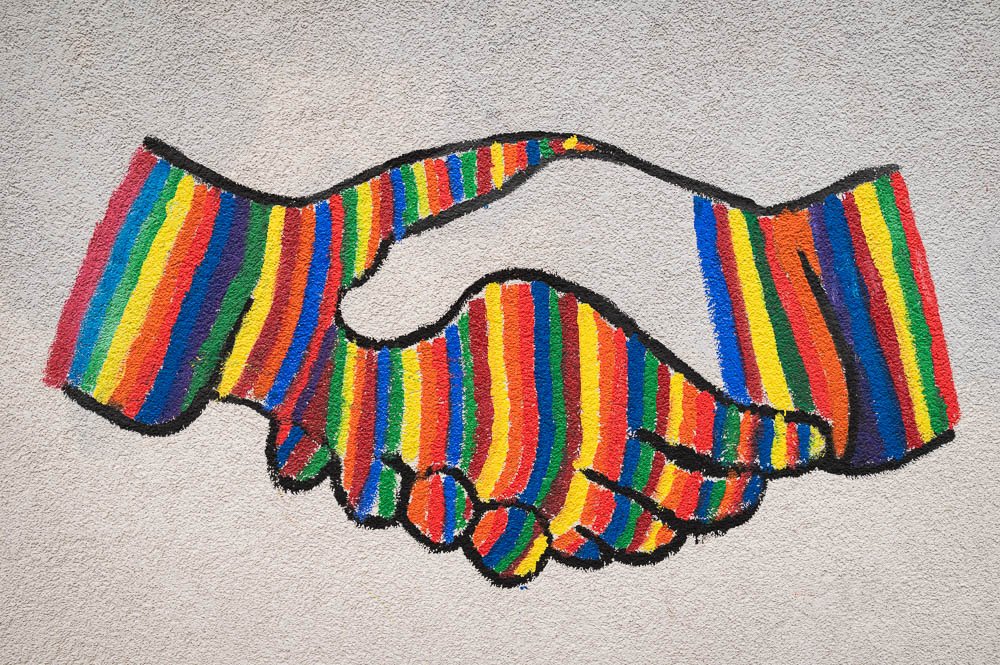
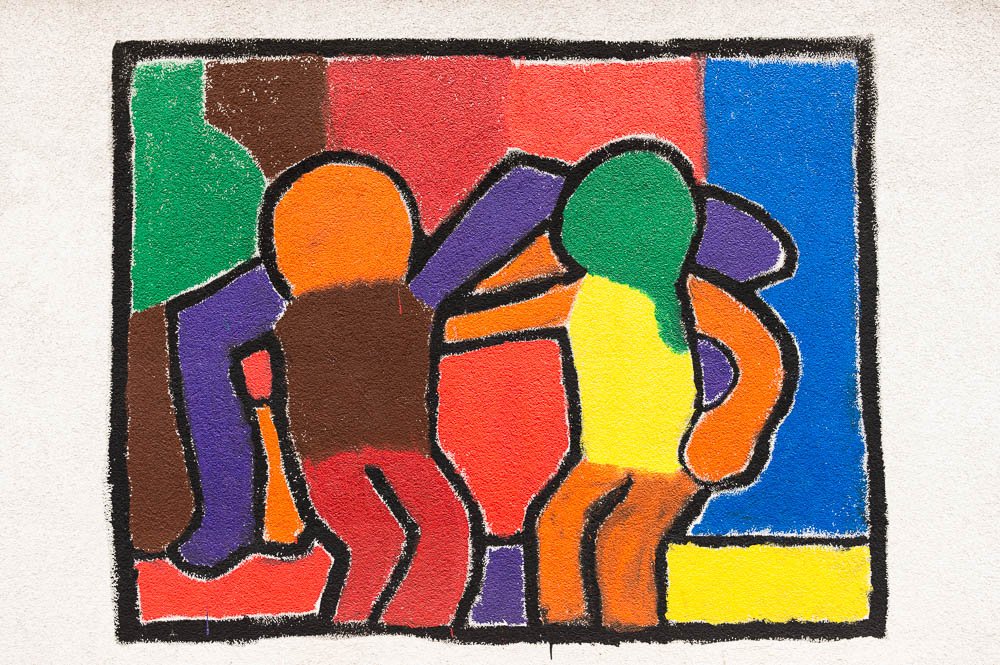
The Piarist church Maria Treu was built from 1698 to 1719 as a religious church of the Piarists. It is dedicated to the image of Mary Treu, painted by Josef Herz on the occasion of the plague epidemic in 1713.
The Breitenfeld church, built between 1894 and 1898, is located directly on the heavily trafficked Gürtel.
The Amtshaus at Schlesingerplatz.
You will find beautiful green areas on the streets of Josefstadt. Some areas are also used for vegetable cultivation by the inhabitants.
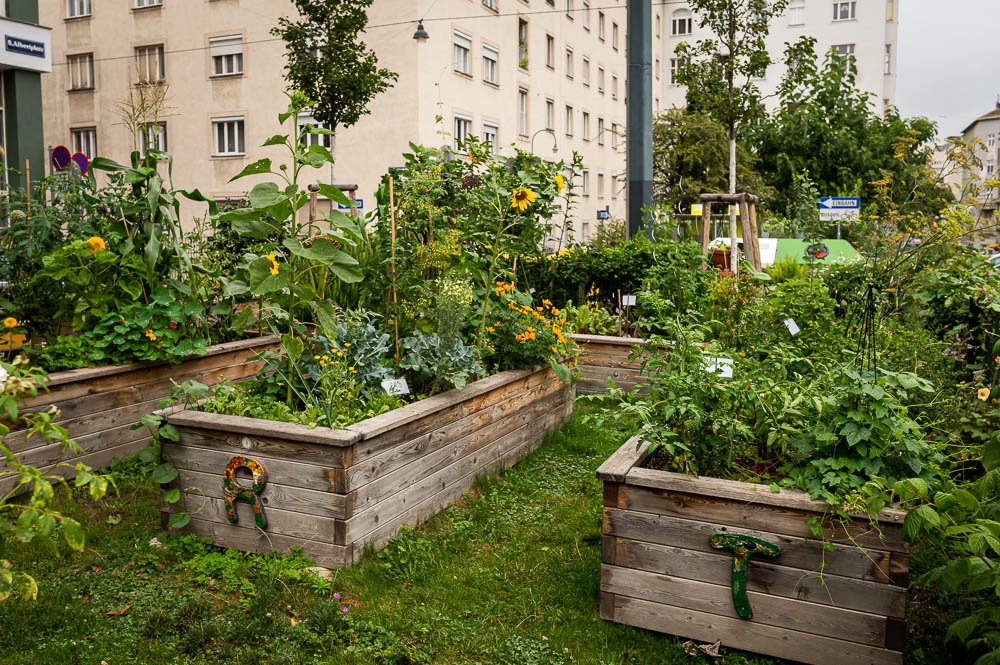
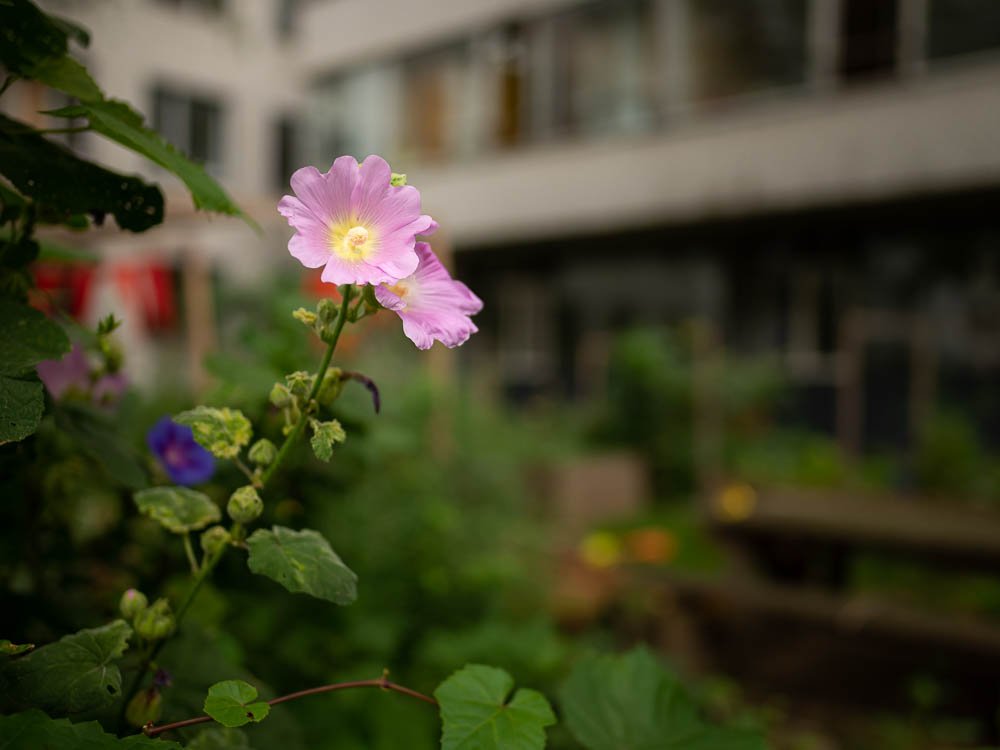
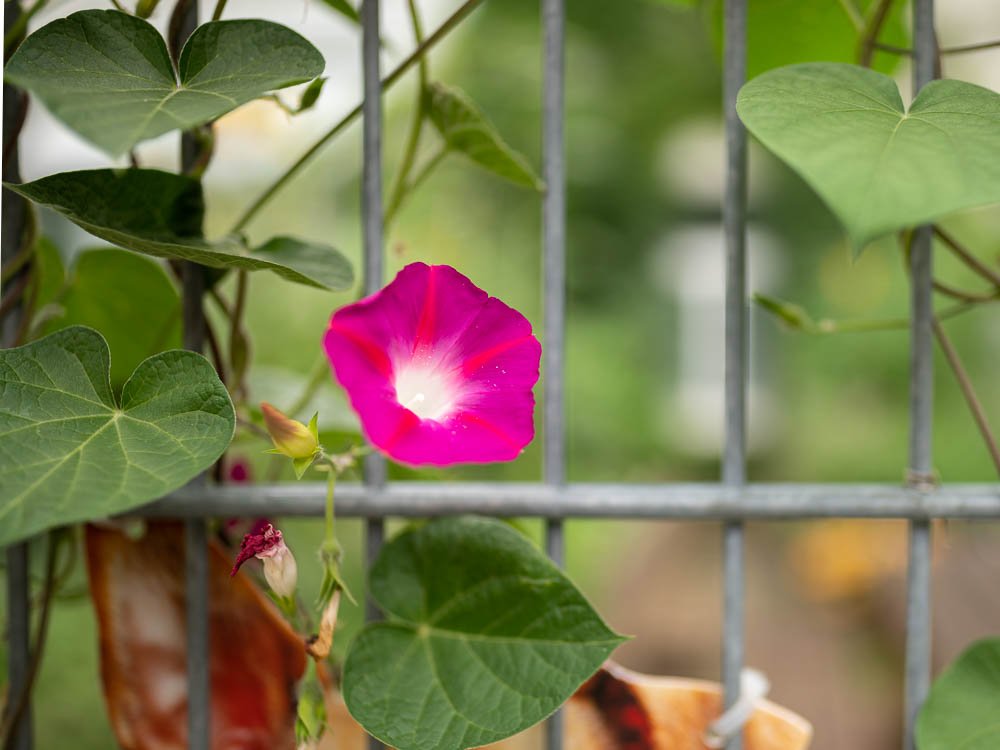
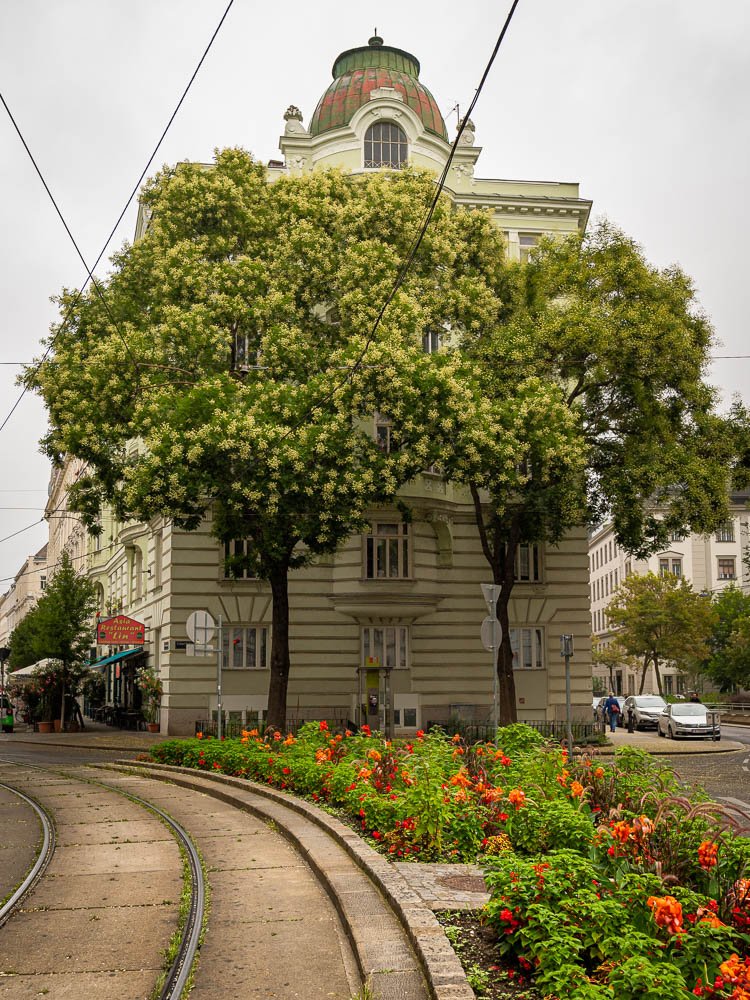


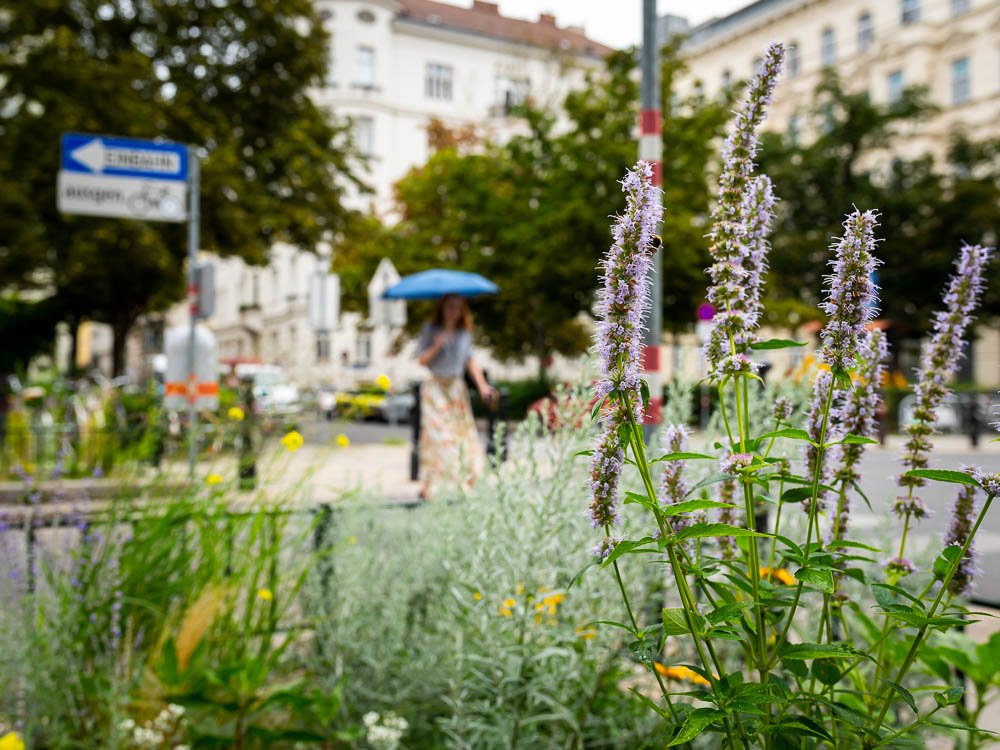
Founded in 1918, the Astoria garage is located on the site of the former stables of the Palais Auersperg. In 1935 a tower garage with six floors was built – with a spiralled ramp driveway and an imposing glass dome above the filling station. During this time, the Astoria garage was the first and largest garage in Europe.
Today the Folklore Museum in the baroque Garden Palace Schönborn in Laudongasse deals with historical folk art and folk culture, their current manifestations and the associated constructions of a new aesthetic and changing identities.
Finally, a few street impressions.
